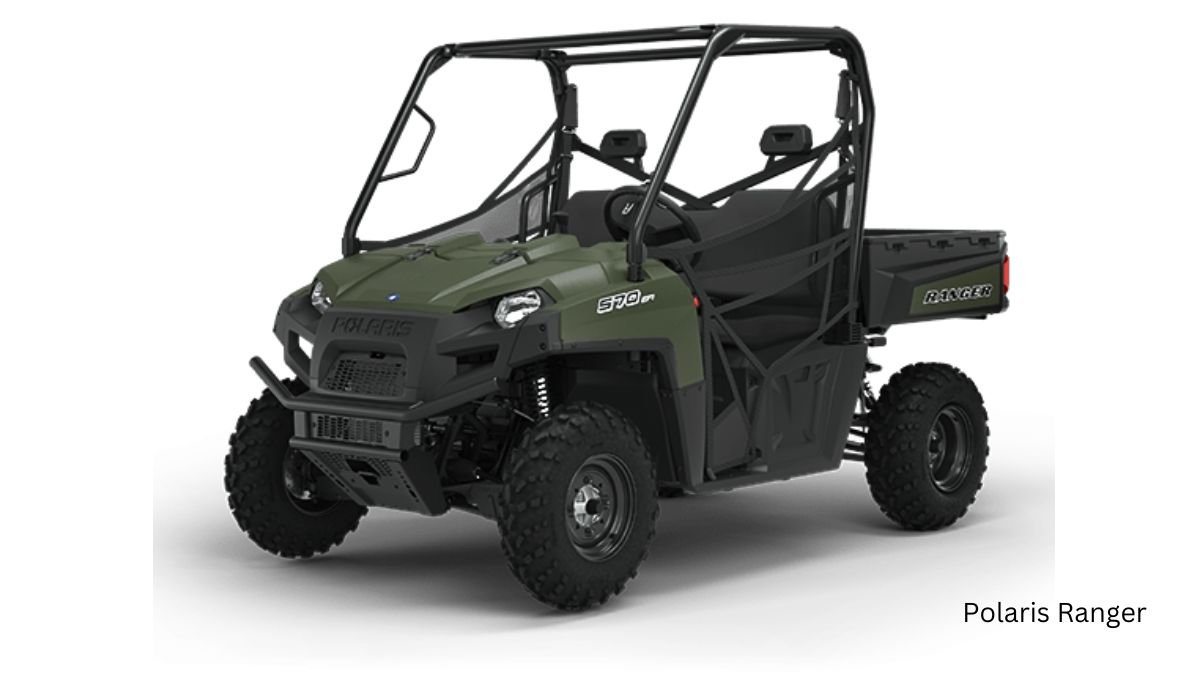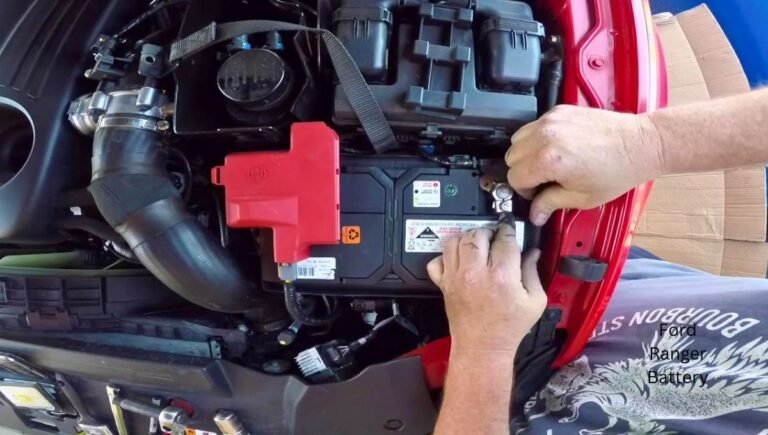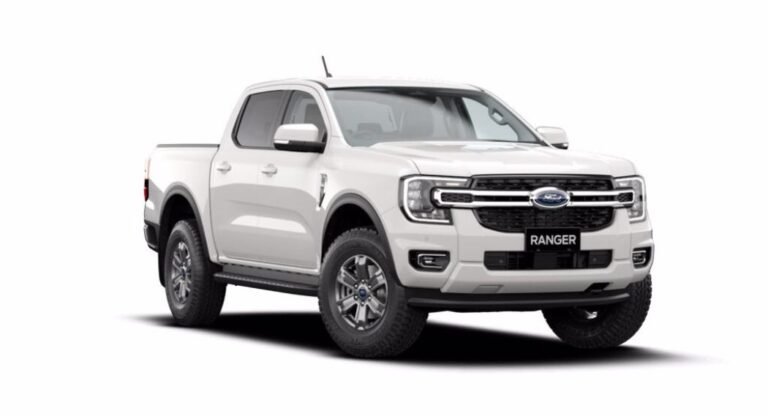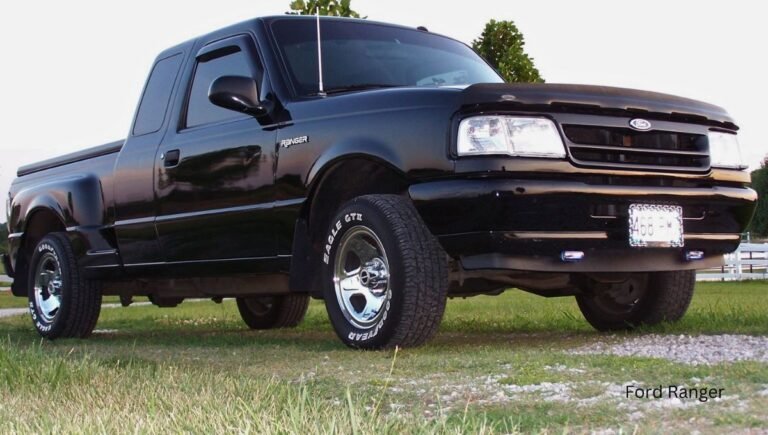How Many Miles Will a Polaris Ranger Last? Ultimate Guide
A Polaris Ranger can last up to 10,000 miles before requiring significant maintenance or repairs. The Polaris Ranger is a durable and reliable off-road vehicle that can withstand rugged terrains and demanding usage.
With regular maintenance and proper care, a Polaris Ranger can easily reach a mileage of 10,000 miles before experiencing any major issues. However, it’s important to note that the lifespan of a Polaris Ranger can vary depending on factors such as usage, maintenance, and driving conditions.
By following the manufacturer’s recommended maintenance schedule and treating your Polaris Ranger with care, you can expect it to last for many years and miles of adventure.
Introduction To Polaris Ranger Longevity
Polaris Ranger is a durable ATV known for its long lifespan and robust performance.Let’s delve into the longevity of Polaris Ranger models and the factors influencing their lifespan.
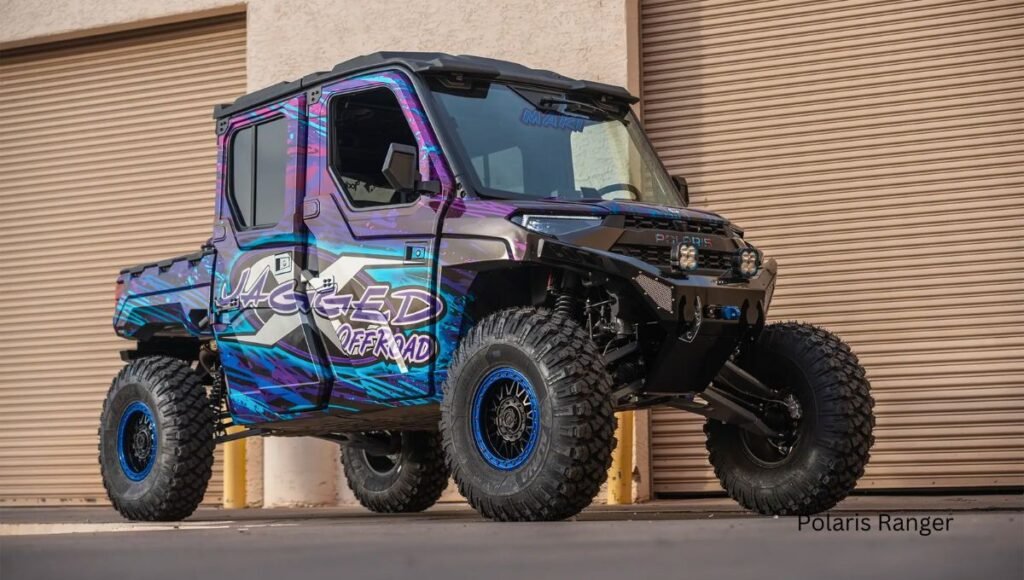
Popular Models And Their Durability
When it comes to durability, Polaris Ranger XP 900 and Ranger 1000 are popular choices.
These models are built to withstand rugged terrains and heavy usage.
Factors Influencing Atv Lifespan
- Regular maintenance and servicing
- Quality of parts and components
- Driving conditions and terrain
- Proper storage and care
| Factors | Influence on Lifespan |
|---|---|
| Regular maintenance | Extends longevity |
| Quality parts | Enhances durability |
| Driving conditions | Affects wear and tear |
| Proper storage | Prevents damage |
Measuring The Miles: Averages And Expectations
When it comes to investing in a Polaris Ranger, understanding the expected mileage and lifespan is crucial. Measuring the Miles: Averages and Expectations provides insight into the longevity of these rugged vehicles.
Average Mileage For Polaris Ranger
Polaris Ranger models are renowned for their durability, with an average mileage of 10,000 to 15,000 miles before requiring major repairs. Regular maintenance can significantly extend their lifespan.
Comparing Lifespans: Polaris Ranger Vs. Competitors
Polaris Rangers often outlast their competitors, with some owners reporting 20,000 to 30,000 miles before encountering major issues. This longevity is attributed to their robust design and high-quality components.
The Role Of Maintenance In Extending Mileage
Routine Maintenance Essentials
Regular upkeep is vital to ensure the longevity of your Polaris Ranger. Here are the key routine maintenance tasks to prioritize:
- Check and change the oil every 100 hours of operation.
- Inspect and replace the air filter as per the manufacturer’s recommendations.
- Keep an eye on the tire pressure and tread, and rotate the tires regularly.
- Ensure all fluid levels, including coolant and brake fluid, are within the specified range.
Long-term Care And Upkeep
For sustained performance, it’s crucial to go beyond routine maintenance and pay attention to long-term care. Here’s what you should do:
- Perform thorough inspections after every off-road excursion, checking for any signs of wear or damage.
- Grease all fittings and pivot points to prevent premature component wear.
- Address any unusual noises or vibrations promptly to prevent potential issues from escalating.
- Follow the manufacturer’s guidelines for major service intervals and part replacements.
Common Issues And Troubleshooting
Discover common issues and troubleshooting tips for maximizing the longevity of your Polaris Ranger. Learn how proper maintenance and care can help your Polaris Ranger last for many miles on and off the road.
Typical Wear And Tear
Polaris Ranger is a reliable and durable UTV that can last for several years if maintained properly. However, like any other vehicle, it experiences wear and tear over time, which can affect its performance and lifespan. The following are some of the common issues that can arise with Polaris Ranger:
- Worn-out tires
- Brake system issues
- Electrical problems
- Oil leaks
- Engine overheating
To ensure your Polaris Ranger lasts for a long time, it’s essential to keep it well-maintained and fix any issues as soon as they arise. Regular maintenance can help reduce wear and tear and prevent issues from becoming more severe.
When To Seek Professional Repairs
While some minor issues can be fixed with basic tools and knowledge, some problems require professional repairs. If you encounter any of the following issues, it’s best to seek professional assistance:
- Engine failure
- Transmission issues
- Electrical system malfunctions
- Excessive oil consumption
- Broken or damaged suspension system
Ignoring these issues can cause more damage to your Polaris Ranger, which can lead to costly repairs or even replacement. It’s crucial to seek professional repairs as soon as possible to minimize the damage.
In conclusion, a well-maintained Polaris Ranger can last for several years and cover many miles. However, regular maintenance and prompt repairs are crucial to ensure its longevity. By following the tips mentioned above, you can keep your Polaris Ranger in excellent condition and enjoy its full potential.
Upgrades And Modifications Impact
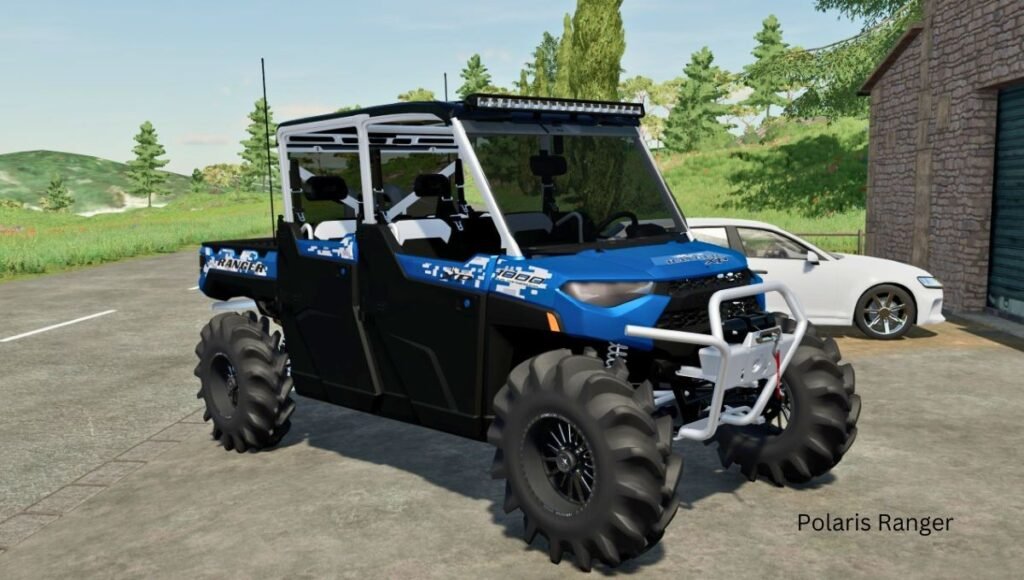
Performance Boosts
Upgrading various components of your Polaris Ranger can provide significant performance boosts. Here are some popular upgrades that enthusiasts often consider:
- Engine modifications: Enhancing the engine’s power and efficiency through modifications such as installing performance air filters, exhaust systems, or upgraded fuel injectors.
- Suspension upgrades: Installing aftermarket suspension kits or upgrading individual components like shocks and springs can improve the ride quality, handling, and off-road capabilities of your Ranger.
- Tire and wheel upgrades: Switching to larger, more aggressive tires and upgrading to sturdy off-road wheels can enhance traction, ground clearance, and overall performance.
- Lighting enhancements: Adding additional LED light bars or upgrading the existing lighting system can improve visibility, especially during night rides or off-road adventures.
By investing in these performance upgrades, you can unlock the true potential of your Polaris Ranger and enjoy a more exhilarating off-road experience.
Potential Risks And Rewards
While upgrades and modifications can enhance your Polaris Ranger’s performance, it’s important to be aware of the potential risks and rewards involved. Here are some factors to consider:
| Risks | Rewards |
|---|---|
|
|
By carefully weighing the risks and rewards associated with upgrades and modifications, you can make informed decisions that align with your goals and priorities.
Real-world Experiences: Owner Testimonials
High-mileage Success Stories
Owners of Polaris Ranger vehicles have shared remarkable high-mileage success stories, demonstrating the exceptional durability and longevity of these off-road vehicles. Many owners have reported clocking over 10,000 miles on their Polaris Rangers without encountering major mechanical issues.
These real-world experiences serve as a testament to the robust construction and reliable performance of the Polaris Ranger over extended periods of use.
Lessons Learned From Veteran Users
Veteran users of Polaris Ranger models have imparted invaluable lessons based on their extensive ownership experiences. They emphasize the significance of regular maintenance, including scheduled oil changes, routine inspections, and preventive care to ensure the sustained performance and longevity of the vehicle.
These insights from long-time owners provide practical guidance for maximizing the lifespan of a Polaris Ranger and preserving its optimal functionality over the years.
Cost Vs. Lifespan: Is It Worth The Investment?
Discover the balance between cost and lifespan when considering the longevity of a Polaris Ranger. With proper maintenance, a Polaris Ranger can last for thousands of miles, making it a worthy investment for outdoor enthusiasts seeking durability and reliability on their adventures.
Initial Costs And Resale Value
When buying a Polaris Ranger, consider both initial costs and resale value.
Calculating Overall Value Over Time
To determine if a Polaris Ranger is worth the investment, calculate its overall value over time.
Is the Polaris Ranger worth the investment? Let’s explore the initial costs and resale value. When buying a Polaris Ranger, consider both initial costs and resale value. To determine if a Polaris Ranger is worth the investment, calculate its overall value over time.
Extending Your Polaris Ranger’s Life
Extend the lifespan of your Polaris Ranger by following regular maintenance schedules and using high-quality parts. With proper care, a Polaris Ranger can last for thousands of miles, ensuring years of reliable performance and enjoyment on and off the trails.
Regular inspections and addressing issues promptly can significantly increase the longevity of your Polaris Ranger.
Pro Tips For Longevity
Extend the lifespan of your Polaris Ranger by following expert advice.
When To Consider Replacement Or Upgrade
Know the signs indicating it’s time for a new Polaris Ranger.
To ensure your Polaris Ranger lasts, follow these pro tips:
- Perform regular maintenance checks.
- Use genuine Polaris parts for replacements.
- Keep the engine and drivetrain well-lubricated.
| Maintenance Task | Frequency |
|---|---|
| Oil changes | Every 50 hours of use |
| Check tire pressure | Before each ride |
| Inspect brakes | Every 6 months |
Regular maintenance and using genuine parts are crucial for longevity.
When considering a replacement or upgrade:
- Assess the frequency of breakdowns.
- Evaluate repair costs versus a new purchase.
- Check for performance decline in your current Ranger.
Knowing when to upgrade is essential for safety and efficiency.
Conclusion
After considering various factors, it can be concluded that the lifespan of a Polaris Ranger depends on multiple factors such as proper maintenance, usage frequency, terrain type, and model type. On average, a Polaris Ranger can last up to 10-15 years or 10,000 miles.
However, with regular maintenance and proper care, the lifespan of a Polaris Ranger can be extended. Therefore, it is essential to take care of your Polaris Ranger to ensure its longevity.

